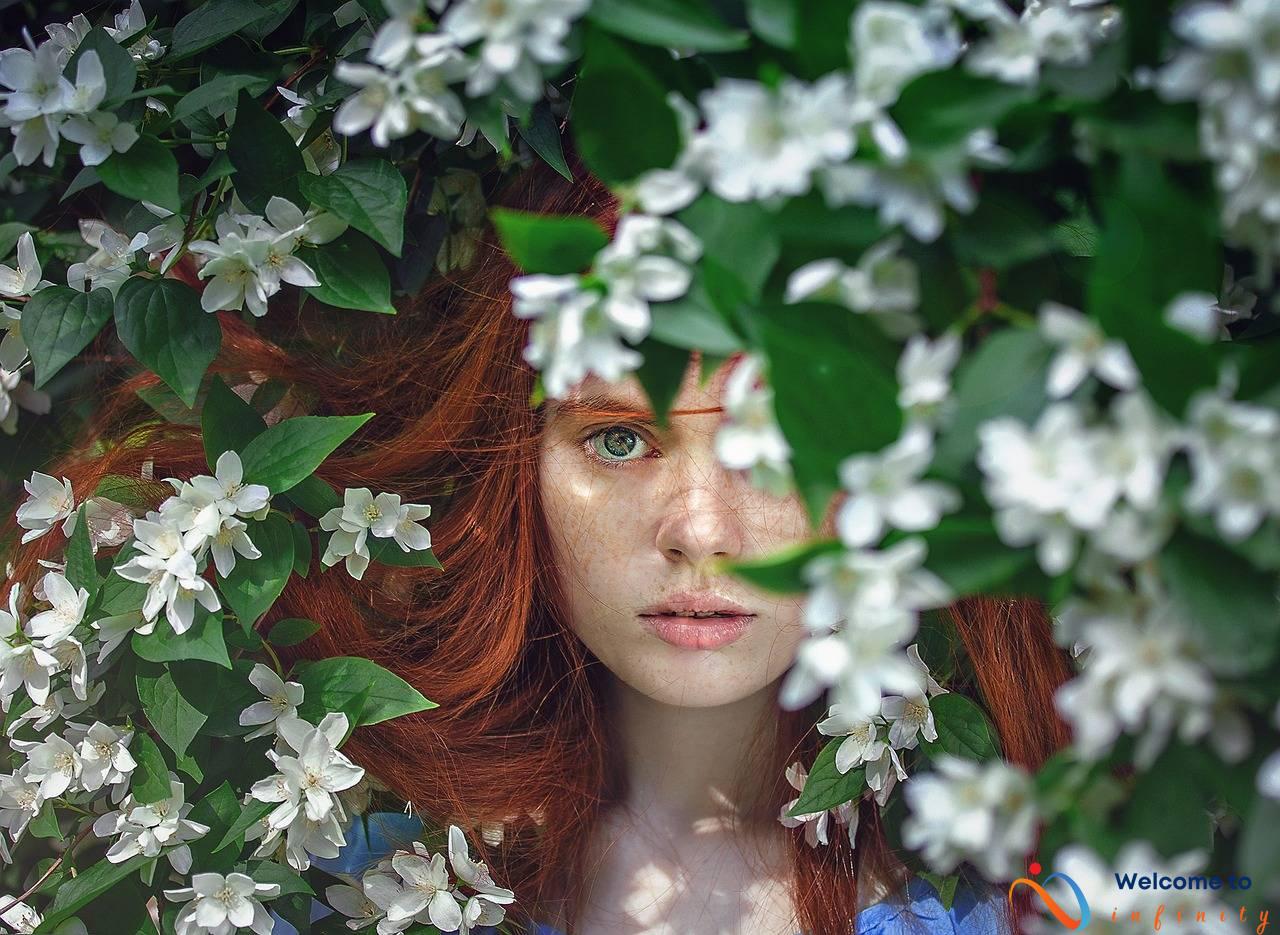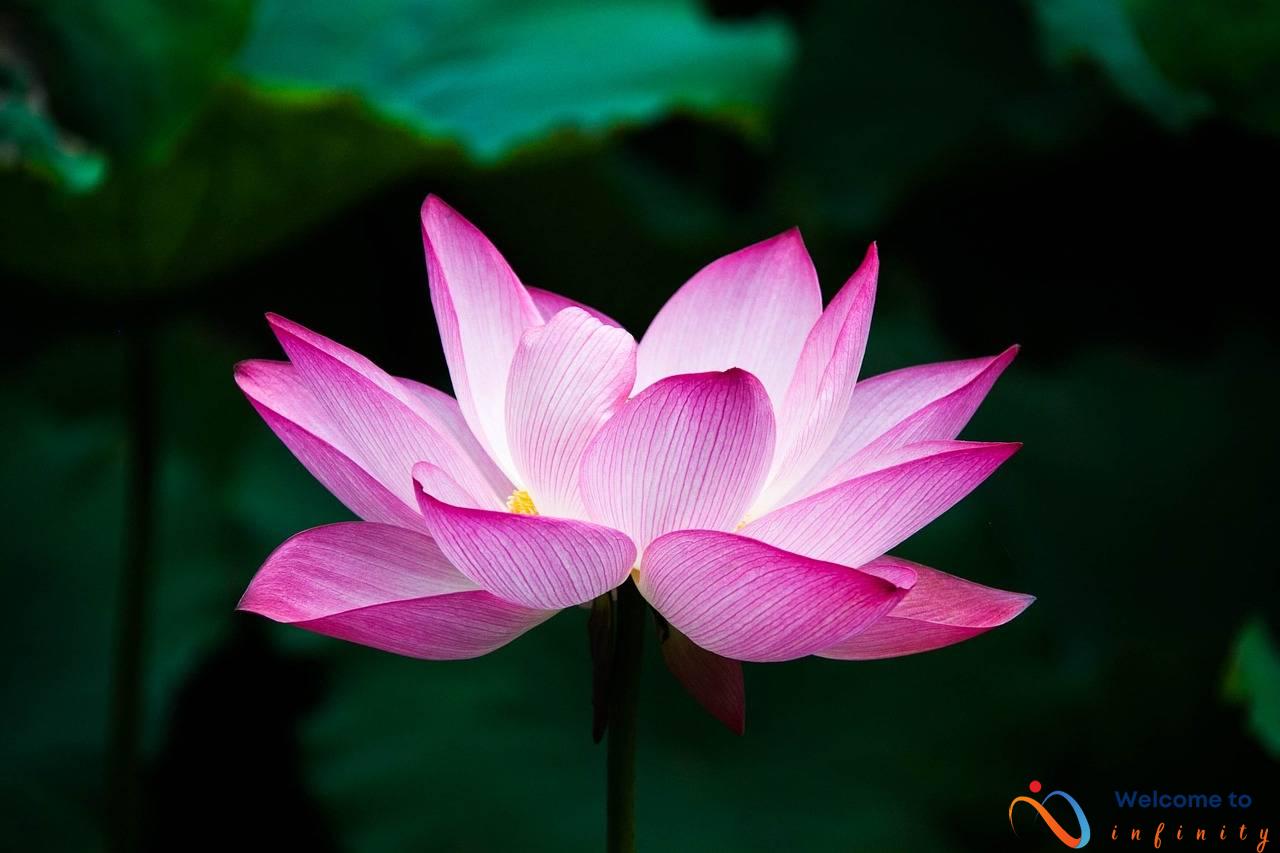the art of tattooing has been around for centuries, but today's tattoo artists are taking it to new heights. With a keen eye for design, technique, and cultural significance, these artists are exploring the art form in ways that challenge traditional perceptions. This article delves deeper into the world of tattooing, highlighting the work of contemporary tattoo artists who are redefining the industry.
By showcasing diverse styles and techniques, these artists are blurring the line between art and body. From bold, graphic designs to delicate, intricate patterns, tattoo artists today are creating works that are as unique as the individuals they are designing for. Additionally, many artists are incorporating cultural motifs and designs into their work, giving new life to ancient techniques and traditions.
But these artists are not just pushing artistic boundaries; they are also breaking stereotypes and stigmas associated with tattoos. By using their platform to advocate for mental health awareness and support, as well as promoting representation and inclusivity in their designs, these tattoo artists are shaping cultural conversations and challenging perceptions of what tattoos can represent.
Whether you are a seasoned tattoo collector or just a curious observer, this article will give you insight into the fascinating world of tattoo artistry and the contemporary artists who are shaping its future.
Diverse Styles and Techniques
Tattooing has come a long way from being perceived as a symbol of rebellion. It is now widely recognized as a form of art, with tattoo artists pushing the boundaries of what is possible on skin. Today, tattoo artists showcase an array of styles and techniques that reflect their artistic sensibilities and creative vision.
Traditional designs such as tribal motifs, anchors, and mermaids are still in demand, but artists are also experimenting with new styles like realism, watercolor, and abstract art. Some artists even combine these styles to create unique and striking designs that are both visually appealing and reflect their clients' personalities.
Aside from the different tattoo styles, artists also use different techniques to make their tattoos stand out. Some use the hand-poked method, while others rely on tattoo machines. The choice of equipment also affects the final outcome of the tattoo, with some artists using rotary machines for soft shading and others relying on coil machines for bold lines and heavy saturation.
Tattoo artists today are not just limited to tattooing on skin. Many exhibit their artwork in galleries, museums, and even online, blurring the line between traditional art and body art. With the rise of social media, tattoo artists have gained a wider audience, allowing them to showcase their work and reach out to potential clients from all over the world.
Overall, the diversity of styles and techniques used by tattoo artists has made the art form more accessible and appealing to a wider audience. Whether you prefer traditional designs or modern art, there is a tattoo artist out there who can turn your vision into a stunning work of art.
Cultural Significance
Tattoos have always held a significant role in marking cultural traditions. Throughout history, people around the world have used tattoos to signify important events, beliefs, and traditions related to their culture. In recent years, tattoo artists have become more focused on incorporating traditional designs and motifs from different cultures into their work. This trend highlights the importance of cultural exchange and understanding, as well as acknowledging the deep rootedness of the art form.
For example, Polynesian tattoos are deeply symbolic, incorporating traditional patterns and motifs that represent a person's identity, status, and history. Maori tattoos, on the other hand, often tell stories of a person's lineage and traditions. Tattoo artists who specialize in these styles offer not only their artistry but also an appreciation for the cultural significance of the designs.
Tattoo art is also being revolutionized through the use of modern technologies and styles. For instance, Japanese calligraphy tattoos combine the ancient art of traditional Japanese calligraphy with modern styles. This approach highlights the fusion of old and new, as well as the significance of cultural capital in creating contemporary works of art. Tattooists who specialize in this style often use traditional Japanese ink and tools, which gives authenticity to the final result.
Overall, the cultural significance of tattooing cannot be overstated. The incorporation of traditional designs and motifs from different cultures into tattoo art is an important step towards greater cultural understanding and appreciation. Tattoo artists who prioritize this approach not only produce stunning works of art but also help preserve cultural traditions for future generations.
Reviving Ancient Techniques
Reviving ancient tattooing techniques used by indigenous communities is an important trend in the tattoo industry as many artists seek to preserve cultural heritage. One such technique is the hand-tapping method, which is traditionally used by Polynesian cultures. This method involves using a mallet to tap a tattoo comb into the skin.
Another revived technique is the stick-and-poke method, which traces its roots to ancient India. This method involves using a needle to create a tattoo by hand, rather than using a modern tattoo machine. It is a slower and more labor-intensive method, but many artists appreciate the level of control it provides and the unique look it gives to tattoos.
Many of these ancient tattooing techniques were in danger of being lost, but a growing number of tattoo artists are now using them to create new and innovative designs. By incorporating ancient techniques and motifs into their work, these artists are pushing the boundaries of tattooing and creating a more diverse and inclusive art form.
For example, Keone Nunes, a Hawaiian tattoo artist, has been instrumental in reviving the traditional Polynesian hand-tapping method. He has also been teaching others about the cultural significance of these tattoos and the stories they tell.
Similarly, artists like Horiyoshi III in Japan and Whang Od in the Philippines are renowned for their use of traditional tattooing methods. Their work is deeply rooted in their cultural heritage and serves as an important link to their communities' past.
By reviving these ancient techniques and incorporating them into modern designs, tattoo artists are not only creating visually stunning works of art but also preserving cultural heritage for future generations.
Innovative Tools and Practices
Contemporary tattoo artists are pushing the boundaries of the art form, incorporating innovative tools and practices to enhance their craft. One such artist is Tony D'Annessa, who uses a specialized rotary machine to create intricate designs with exceptional color saturation. This machine allows for greater precision and control than traditional tattoo machines, resulting in high-quality tattoos that are true works of art.
In addition to utilizing cutting-edge technology, many artists are returning to ancient tattooing practices in order to honor and preserve cultural heritage. Tebori, a traditional hand-poking method used in Japan, is making a comeback as an alternative to modern tattoo machines. This method involves hand-carving the design into the skin using a needle and ink, resulting in textured, organic-looking tattoos.
Tattooing has long been associated with leather-clad bikers and prison inmates, but today's artists are changing that perception with their unique approach to the craft. They are taking inspiration from a range of artistic traditions, including watercolor painting, graffiti art, and even calligraphy. By incorporating these diverse influences into their work, contemporary tattoo artists are redefining what it means to create a tattoo.
- Some artists use a combination of different techniques, such as Dotwork, which involves creating a design entirely out of small dots. This technique, which is especially popular in geometric tattoos, creates a striking visual effect and allows for precise shading and depth.
- Other artists experiment with unconventional materials, using ink made from unusual sources like ash, wine, or even human hair. These materials add a unique texture and dimension to the tattoo, creating a one-of-a-kind work of art.
- Regardless of their approach, contemporary tattoo artists are constantly innovating and pushing the boundaries of the art form, elevating it to new heights of creativity and expression.
Preserving Cultural Heritage
When it comes to tattooing, many artists are not just focused on creating visually stunning pieces but also on preserving the cultural heritage behind them. By reintroducing old techniques and incorporating traditional designs and motifs, they keep the art form alive while also paying homage to the communities that gave birth to them.
Some artists delve deeper into the past to revive ancient tattooing techniques used by indigenous communities around the world. For example, hand-poked tattoos, which involve using a needle and ink to manually create designs on the skin, have been used for centuries by various cultures, from the Maori of New Zealand to the Berbers of North Africa. Today, artists like Tihoti Faara Barff from Tahiti and Sarah Schor from New York are bringing these techniques back to life, creating intricate tattoos that not only look beautiful but also serve as a reminder of the rich cultural history behind them.
Other artists, like Tebori master Horitomo from California, utilize traditional Japanese tattooing techniques passed down through generations of tattoo masters. Using hand-carved bamboo needles and a meticulous process that involves both shading and outlining, Horitomo creates stunning pieces that are both timeless and rooted in tradition.
By showcasing the cultural roots of tattooing and preserving ancient techniques, these artists not only elevate the art form but also pay homage to the communities that have kept it alive for centuries. Through their work, they remind us that tattooing is not just an aesthetic pursuit but also a way of safeguarding cultural heritage.
Breaking Stereotypes and Stigmas
Tattoos are a form of artistic expression that has been stigmatized for years, being associated with criminal activity and antisocial behavior. However, contemporary tattoo artists are breaking these stereotypes and challenging the negative stigma surrounding tattoos. From vibrant, colorful designs to simple and delicate ones, tattoo artists are creating unique pieces that showcase the beauty and artistry behind body art.
Many people are now considering tattoos as a means of self-expression and a way to celebrate their individuality, and tattoo artists are welcoming this shift in attitude. They are encouraging people to embrace their identity without fear of judgment or discrimination. Moreover, tattoo artists are creating designs that are more inclusive and diverse, recognizing that the beauty of body art lies in the personal story behind it.
In addition to challenging traditional stereotypes, tattoo artists are also opening up conversations about mental health. Many are using their platform to promote mental health awareness, creating designs that symbolize strength, resilience, and hope in the face of mental illness. By doing so, tattoo artists are not only creating beautiful pieces of art, but they are also advocating for a cause that is close to their hearts.
Overall, tattoo artists are playing a major role in redefining the art form and breaking down stereotypes associated with tattoos. They are creating designs that celebrate diversity, promote inclusivity, and advocate for important causes. Through their work, tattoo artists are showing that tattoos can be a form of art and expression that transcends personal beliefs, cultural norms, and societal prejudices.
Mental Health Advocacy
Tattoos have always been a way for individuals to express themselves and share their personal stories. Recently, there has been a wave of tattoo artists who are using their skills to create designs that raise awareness for mental health issues.
These artists are creating images that convey hope, strength, and resilience in the face of mental illness. Their designs often feature semicolons, which have become a symbol of perseverance for those struggling with mental health. The semicolon represents a pause in a sentence, not an end. It's a reminder that life can continue, even after dark moments.
Some tattoo artists are also donating a portion of their profits to mental health organizations and charities. By supporting these causes, they are helping to ensure that individuals can access the resources they need to overcome mental health challenges.
For many people, getting a tattoo is a therapeutic experience. It can be a way to reclaim control over one's body and emotions, and to mark a significant moment in their mental health journey. Tattoo artists who support mental health advocacy are creating safe spaces for their clients to share their stories and heal through their art.
Through their work, these artists are encouraging conversations about mental health, reducing stigmas and raising awareness for the importance of seeking help when needed. They are using their platform to make a positive impact in the lives of those struggling with mental illness, and are a shining example of how art can be a powerful tool for change.
Celebrating Diversity and Inclusivity
Tattoo artists are reshaping the body art industry by creating designs that celebrate diversity and inclusivity. Instead of conforming to traditional beauty standards, artists are prioritizing representation and creating designs that cater to different bodies, identities, and experiences. This shift in focus has resulted in a surge of tattoos that aim to empower individuals and promote self-love.
Some artists specialize in creating designs that celebrate different skin tones and body types, while others focus on crafting tattoos that represent different cultural or religious backgrounds. These designs not only provide a sense of identity and pride for individuals but also promote cultural awareness and understanding.
Additionally, tattoo artists are also creating designs that support the LGBTQ+ community and other marginalized groups. These tattoos help to break down stigmas and promote inclusivity, reminding individuals that they are not alone and that their identities and experiences matter.
In conclusion, tattoo artists are using their creativity to promote diversity and inclusivity. By creating designs that prioritize representation, they are contributing to a more accepting and inclusive society. As a result, individuals from different backgrounds and walks of life can find solace and empowerment in body art.









